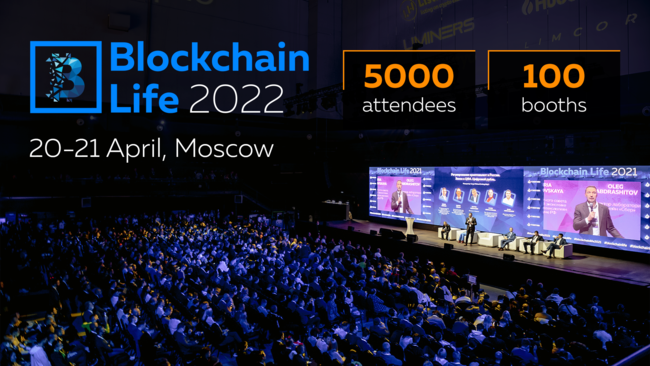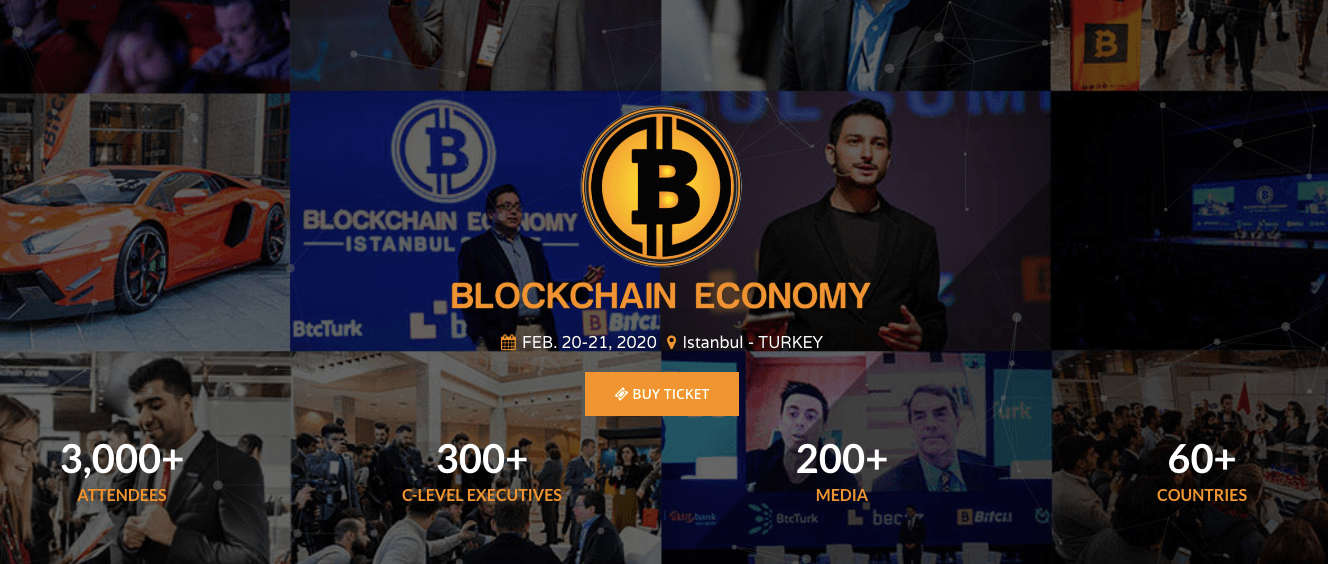The Future of AI, Blockchain, and Virtual Worlds in 2024

Only one word can describe AI in 2023: Greatness. Many, including OpenAI CEO Sam Altman, have agreed that last year was when everyone began taking AI seriously.
In the same year, the blockchain industry recorded significant but stealth growth. Many, including Ernst & Young blockchain leader Paul Brody, have agreed that 2023 prepared the ground for crypto’s betterment.
Regulations brought Perpetrators of financial crimes conducted via crypto to the book. Ethereum’s Layer 2 ecosystem traffic exceeded traffic on Layer 1, thanks to 2022’s “The Merge’, which, in reality, culminated into an ecosystem powerhouse in 2023.
Historians will also document 2023 as the year the metaverse witnessed a tremendous turnaround. Virtual reality ventures attracted 44% of VC funding; Apple announced the Vision Pro and Web3 introduced dynamic NFTs.
According to Consensus Magazine, these developments might be distinct, but they did not happen in isolation. Seamless integration of Artificial Intelligence, the blockchain, and virtual reality heralds limitless potential. As we enter 2024, we’ve noticed how all these concepts represent an emerging tapestry of convergence.
Businesses already in the blockchain space or those considering a pathway in the future may find helpful resources at Bitmedia, a platform dedicated to supporting and promoting innovative ventures in the blockchain and cryptocurrency space.
The Convergence of AI and Blockchain
Artificial intelligence has witnessed remarkable growth over the years. Today, machines can recognize images, understand our language, and automate tasks. AI adoption challenges include bias, transparency, infrastructure, data quality, and unclear regulations.
Some of the benefits of blockchain technology include refined data processing, transparency, and decentralization. The technology has also paved the way for secure digital ownership, high-quality data, and limitless interoperability.
On one hand, AI could significantly improve data analysis and decision-making. On the other hand, blockchain technology can add an extra layer of transparency, data quality, and security.
The Role of Virtual Worlds in the Mix
Graphical Processing Units (GPUs) lie at the intersection of rendering sophisticated virtual spaces and training AI models. The ability of GPUs to process parallel computing tasks has made them a valuable tool for AI development.
In addition, GPUs have historically been a tool for rich graphics and game processing until blockchain proof-of-work miners adopted them for mining Bitcoin around 2011. This synergy in graphic processing units has led to the growth of GPU manufacturers such as NVIDIA. Thereby underscoring the convergence of AI, blockchain, and virtual reality technologies.
By the end of 2024, we are likely to see immense execution of AI in virtual reality. The world is currently warming up for an immersive metaverse experience. With AI, decentralization, and rich graphics, humanity is at the cusp of experiencing the first ‘Jumanji-like’ metaverse. Our biggest bet is creators building expansive and intelligent virtual worlds in 2024.
Real-world Applications
Tamper-proof digital ownership, intelligent digital experiences, immersive virtual spaces, and VR real estate have emerged from integrating AI, Virtual Reality, and the Blockchain.
Almost every metaverse gaming brand released a beta version in 2023. We expect these brands to release a complete version in 2024 and onboard even more players. These players will benefit from smarter VR experiences.
For instance, AI has led to VR technology that can recognize gestures and predict behavior. Previously, we’ve had to play games where we could expect a digital avatar’s next move. Imagine playing an immersive game where each avatar reacts differently depending on how you play.
Blockchain will enable real humans to own these avatars, their digital wearables, the digital space in which they live (metaverse real estate), and the weapons they hold. Through dynamic NFTs, metaverse users will not only own their VR assets but will have the opportunity to trade them on an open marketplace.
Some brands executing smart virtual reality spaces include Animoca, Decentraland, the Sandbox, Apple Inc, and Meta, among thousands of others. However, these four have revolutionized virtual worlds into intelligent, immersive, and profitable digital universes. Profitable not just for the businesses behind them but also for the end users through models like Play-to-Earn.
Opportunity for Investors and Businesses
AI, blockchain, and the metaverse are still early in their development phase. For that, brands can still explore investment and business opportunities. Some of those opportunities include:
- Developing VR hardware
- Creating 3D experiences
- Building immersive Play-to-Earn games
- Gaming for a living
- Investing in metaverse startups
- Improving customer service through AI chat.
Companies eager to leverage these technologies are either building an in-house team or hiring a consultancy firm to assist them in pursuing a future in AI, blockchain, and VR. It will be an excellent idea for businesses of all sizes to stay informed by researching and adapting to these opportunities.
Bitmedia.IO has positioned itself as a revolutionary advertising platform for businesses in Web3 or those pivoting to Web3. Web3 describes the next internet iteration leveraging the blockchain, IoT, Virtual/Augmented Reality, Artificial Intelligence, and 5G convergence.
Challenges and Considerations
Most challenges facing AI, blockchain, and metaverse convergence have existed before 2024.
The biggest challenge is scalability. These technologies will onboard large numbers of users, and we expect them to be robust enough to handle all the interactions. Other issues that stakeholders will need to address include security, usability limitations, and unclear regulations.
The groundwork to overcome these challenges started way before 2024. Governments and regulatory bodies are leading the way towards clear compliance frameworks. Innovators have also taken a front lead in advocating for suitable regulations.
We have already witnessed a history where laws are not sufficiently strong to accommodate innovation and yet too loose not to protect users. If there is one thing the Web3 space fought to have in 2023, it is clear regulations. Some of the fruits have been the Bitcoin ETF approval at the start of January.
This blog post has highlighted the transformative potential of unifying AI, blockchain, and virtual worlds. Key takeaways include immersive user experiences, smart virtual reality, and enhanced security. Innovators are pushing the boundaries of what’s possible beyond 2024. Hence, we will continue to see the convergence of these technologies giving birth to more businesses.
However, Participants must still overcome regulatory, scalability, and usability concerns to realize the full potential of these technologies. Meanwhile, we must recognize the progress already made in improving scalability and advocating for clear regulations.
Bitmedia provides support and resources to businesses in the blockchain industry. The platform is a leading blockchain advertising marketplace specializing in display advertising, PR and influencer marketing.


